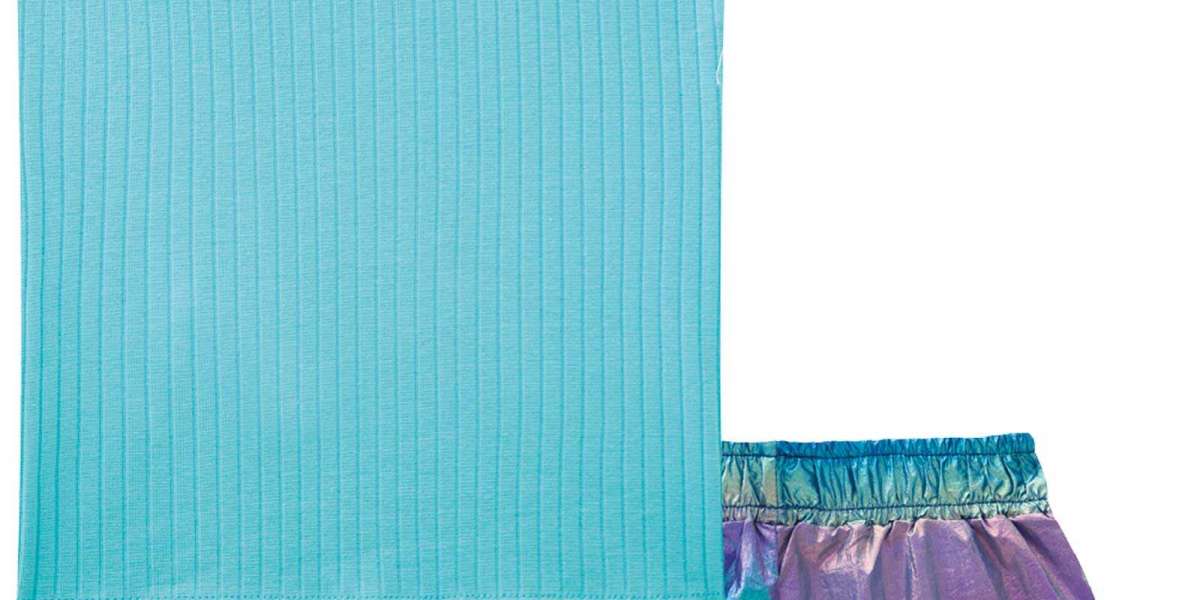Choosing the right sunscreen ingredients can make a big difference in your skin’s health, comfort, and protection. Here are the key ingredients to look for in a sunscreen—and which ones to avoid:
Ingredients to Look For
Zinc Oxide and Titanium Dioxide
- Type: Mineral (Physical) Sunscreen
- Benefits: These ingredients form a physical barrier on the skin’s surface, reflecting UV rays away from the skin. They are gentle, making them ideal for sensitive or acne-prone skin, and provide broad-spectrum protection.
Avobenzone
- Type: Chemical Sunscreen
- Benefits: Known for its ability to absorb UVA rays, avobenzone is commonly found in broad-spectrum sunscreens. It offers effective protection without leaving a white cast and is often combined with other UVB-protecting ingredients for full coverage.
Mexoryl SX (Ecamsule)
- Type: Chemical Sunscreen
- Benefits: Mexoryl SX is highly stable and provides excellent UVA protection, which prevents aging and sun damage. It’s effective, non-irritating, and commonly used in European sunscreens.
Octinoxate and Octisalate
- Type: Chemical Sunscreens
- Benefits: These ingredients absorb UVB rays, which prevent sunburn. They’re often combined with other ingredients to provide broad-spectrum protection. They’re lightweight and blend easily on the skin.
Antioxidants (like Vitamin E, Green Tea, or Resveratrol)
- Type: Added Skincare Benefits
- Benefits: Antioxidants neutralize free radicals caused by UV exposure, enhancing the sunscreen’s effectiveness and providing anti-aging benefits. Look for sunscreens that include antioxidants to boost skin protection.
Ingredients to Avoid
Oxybenzone
- Concerns: Oxybenzone can cause skin irritation and allergic reactions, and it has been linked to hormone disruption in some studies. It’s also harmful to marine life and coral reefs, so avoiding it is better for both skin health and the environment.
Octinoxate
- Concerns: While it’s effective for UVB protection, octinoxate has raised concerns regarding hormonal disruption and its environmental impact on coral reefs. Look for “reef-safe” sunscreens if you’ll be swimming in the ocean.
Retinyl Palmitate (Vitamin A Derivative)
- Concerns: Though beneficial in anti-aging products, retinyl palmitate can increase skin sensitivity to the sun, potentially leading to a higher risk of sunburn and irritation when exposed to sunlight.
Parabens (e.g., methylparaben, propylparaben)
- Concerns: Parabens are preservatives, but they’re also potential endocrine disruptors. Many sunscreens now offer paraben-free formulas, so it’s easy to avoid them if you prefer.
Fragrance or Essential Oils
- Concerns: Fragrances and essential oils can cause irritation, especially for sensitive or acne-prone skin. Sunscreen should ideally be fragrance-free to minimize the risk of skin reactions.
Alcohol (Denatured Alcohol or SD Alcohol)
- Concerns: Alcohol helps sunscreen dry quickly, but it can dry out or irritate the skin, especially in high amounts. Look for sunscreens labeled “alcohol-free” if you have sensitive or dry skin.
Choosing the Right Sunscreen for Your Skin Type
- Sensitive Skin: Go for mineral sunscreens with zinc oxide or titanium dioxide. Avoid fragrances, essential oils, and oxybenzone.
- Acne-Prone Skin: Opt for non-comedogenic, oil-free formulas, and mineral sunscreens if possible. Avoid thick creams, fragrance, and alcohol.
- Dry Skin: Look for sunscreens with added hydrating ingredients like hyaluronic acid or glycerin, and avoid drying alcohols.
- Oily Skin: Gel-based or matte-finish sunscreens work best. Look for lightweight chemical sunscreens or zinc oxide-based formulas in a gel texture.
Choosing the right ingredients helps maximize protection while keeping your skin safe, comfortable, and healthy.
https://trendybeauti.ae/








